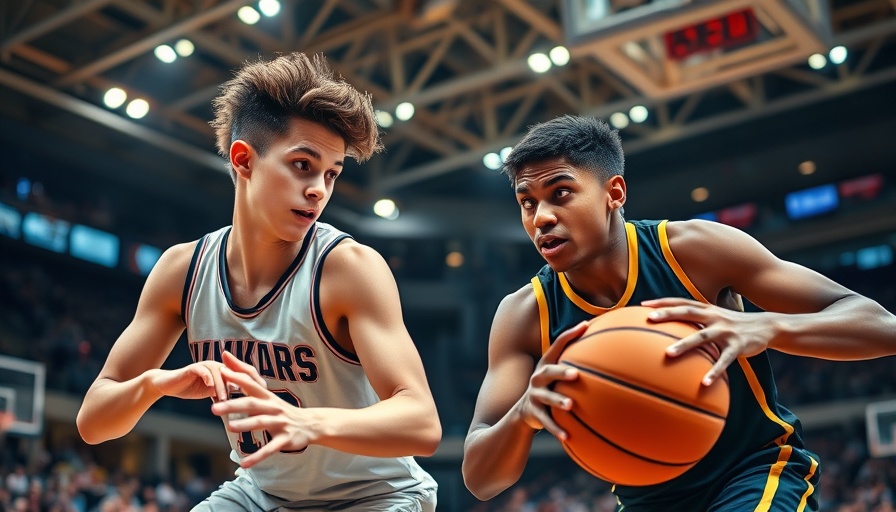
The Shifting Landscape of College Basketball
The NCAA's recent policy changes surrounding Name, Image, and Likeness (NIL) have transformed the landscape of college basketball, significantly influencing the decisions of young players considering a transition to the NBA. Previously, many top prospects felt compelled to take the leap into professional play, often even if their draft outlook was less than promising. However, given the economic opportunities that now exist at the collegiate level, this trend is quickly reversing.
Florida Emerges as a Major Benefactor
This year, the University of Florida stands tall as a major beneficiary amidst a turbulent player landscape. With multiple high-profile prospects choosing to return rather than declare for the draft, Florida's roster is looking promising for the upcoming season. Players like Alex Condon are opting to hone their skills in college, potentially making significant contributions to their teams while earning substantial incomes – up to millions in NIL deals.
Duke's Struggles: A Stark Contrast
On the flip side, the recent draft withdrawals expose the struggles of Duke University. The Blue Devils, traditionally a powerhouse in producing NBA talent, are facing a critical juncture. Players who might not have natural fits in the NBA are reconsidering their futures and opting to remain in college. The decision by Isaiah Evans to withdraw from the draft illustrates this shift; a player of his caliber leaving for the professional circuit would have been standard just a few seasons ago.
The Numbers Tell The Story
Recent statistics reflect a dramatic shift: only 106 players entered the 2025 NBA Draft as early-entry candidates, the lowest figure in eight years. This sharp decline highlights how financial sustainability in college basketball is redefining pathways for prospects. The combination of deep-pocketed programs and lasting NIL opportunities provides unprecedented incentives for young athletes to invest in their collegiate careers.
What This Means for the NFL and Beyond
The influence of NIL on college basketball has broader implications for other sports as well. If college players continue to enjoy lucrative contracts and financial stability at the collegiate level, we may see similar trends in football and other major college sports. As aspiring athletes weigh their options, the allure of professional play could lose some of its appeal, fundamentally altering recruitment strategies.
Challenges and Opportunities for NBA Teams
For NBA teams, this shift presents challenges but also opportunities. Teams looking for hidden gems in the draft are finding it increasingly difficult due to the talent pool shrinking within earlier rounds. However, this scarcity may compel NBA scouts to reorganize their approach toward talent evaluation—focusing not only on immediate potential but also on player development and collegiate performance.
Looking Ahead: Anticipating the Future
As the game of basketball continues to evolve, staying informed and prepared will be key for both college teams and prospective NBA draftees. The impact of NIL provides a fascinating insight into the future of sports, and understanding these changes can foster strategic advantages for all stakeholders involved—from players to coaches and recruiters.
Ultimately, the days of athletes feeling pressured into the NBA draft may decline, paving the way for more players to develop their skills and embrace opportunities within their colleges.
 Add Row
Add Row  Add
Add 




Write A Comment